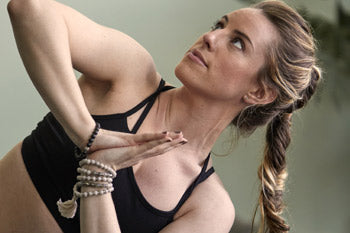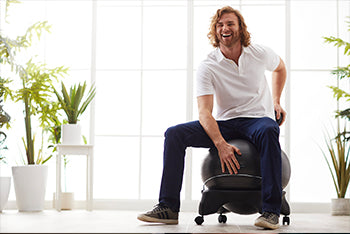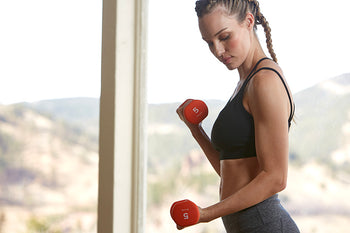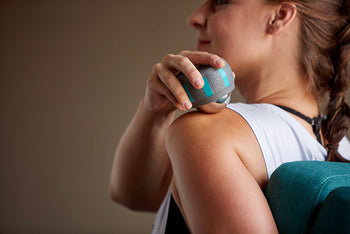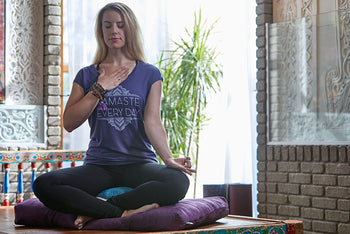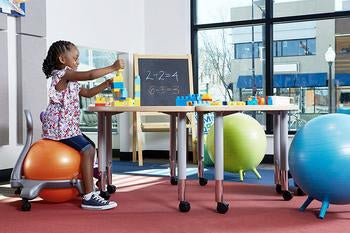5 Ways to Boost the Bone-Building Power of Your Workout
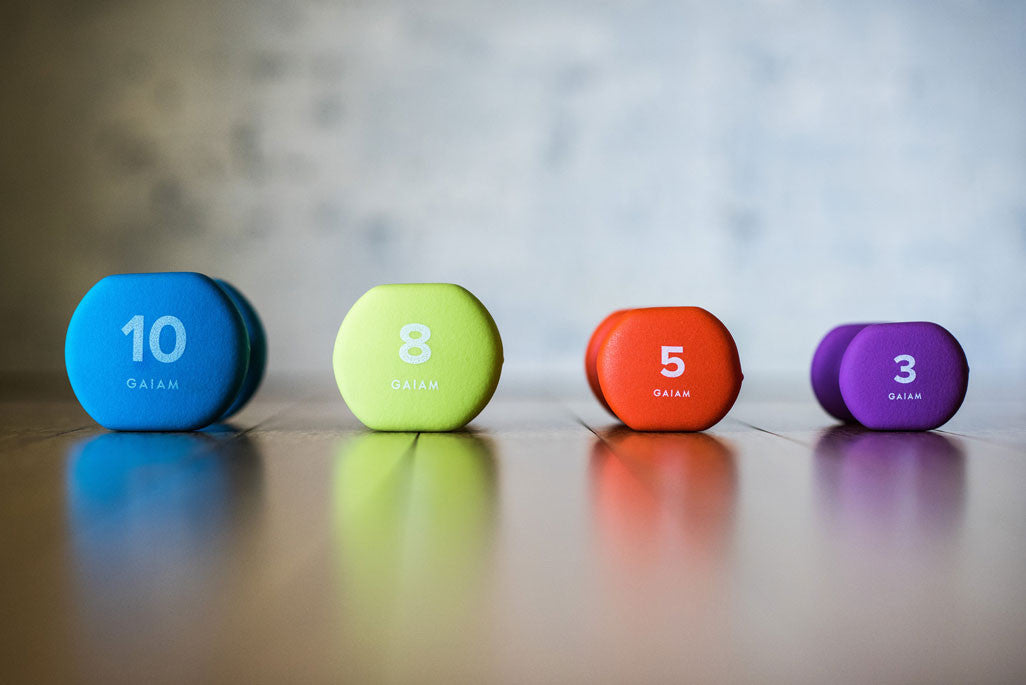
Author: Katy Santiago Bowman
In an age of advanced drugs and treatments for bone loss, simple exercise programs that can prevent and restore bone density are often overlooked. The nutritional aspects of fostering bone health, like getting enough calcium, are also important. But certain ways to work out and move your body can create the weight-bearing load your bones need to get stronger.
Exercise can help even if you already have bone loss
Ten million Americans suffer from osteoporosis, and another 34 million have low bone mass and high risk for osteoporosis. If you’ve been diagnosed with osteoporosis or osteopenia (low bone density for your age, but not low enough be a risk factor for fracture), it’s important to know that it most likely hasn’t affected your bones’ ability to develop. You’ve just stopped “loading” them.
It’s also unlikely that your bone density is low in all the bones throughout your body — it’s likely centered in a few spots that you’ve neglected moving. You can begin simple weight-bearing exercises at any time, sending the message to the bone that you’d like it to start growing now!
Certain areas are more prone to bone density loss
The ribs, wrists, hips and spine are the most common places to lose bone. Let’s take the hips as an example of how these areas can become trouble zones: Your hips are designed to rotate and have a large range of motion. If you sit a lot, then they aren’t moving as much. Even if you’re walking, cycling, or even swimming, chances are you're still only moving your hips in the same direction most of the time — in a linear pattern, straight ahead and straight behind. If you don’t move your hips in the patterns in which they were designed to move, the bone is sent the message that it doesn’t have to maintain as much density as it would need if it had to move more.
5 ways to boost your workout’s bone-building power
If you’ve been exercising regularly yet developed low bone density anyway, your movement habits need to change — but you can do it fairly easily.
1. Move your body in new ways
Choose exercises that work your body in different directions than you’re used to. If most of your workouts consist of walking, try yoga poses, dance workouts or t’ai chi once a week to add lateral movement.
2. Do weight-bearing exercise (but know what that means)
Weight-bearing is not the same as using weights! There is a lot of confusion on this point. Weight-bearing actually refers to how much of your body weight you are holding up while exercising. For example, walking would be more weight-bearing than riding a bike. And swimming is the least weight-bearing exercise, as the buoyancy of the water is doing most of the work to hold up your body.
The term “using weights” can mean any type of resistance exercise – whether it be elastic tubing, body resistance (like push-ups or yoga’s arm-balance poses), weight machines, circuit equipment, or hand-held weights. While using weights can be a great way to exercise, it is weight-bearing exercise that is critical to a bone-density-building program.
Because the skeleton’s job is to hold the entire weight of the body, lifting three, five, or even 20 pound weights is not as important to bone health as is being strong enough to carry your own body mass.
3. Favor activities that get you up on your feet to load your bones with your own body weight
Do the treadmill instead of an exercise bike for part or all of your workout. Walk the golf course instead of getting a cart. Stand up and do some stretches or knee lifts while you watch TV, rather than sitting on the couch the whole time. Stand at the sink to do your make-up rather than sitting at a make-up table.
4. Critique your gait and what’s affecting it
Often when I am developing an exercise program for someone with low bone density in the spine, I can identify habits in their gait patterns that are decreasing the loading signals to the bone. Tight calf muscles, for example, can really affect how the heel strikes the ground while you’re walking, decreasing the vibrations that move up the leg to keep the hips strong. Learn some good stretches in my Gaiam Restorative Exercise for Foot Pain DVD.
High heels (even one inch!) and excessively cushioned shoes also quiet the signal that would help build bone density in the hips and back.
5. Add balance exercises to help prevent fractures
The most significant health risk for anyone with low bone density is the risk of a fracture. Falling can definitely lead to fractures or bone breaks, so balance exercises to help prevent falls should be at the top of your exercise list! Try using a “wobble board” or inflated half-ball, or include moves that strengthen one side of your body at a time, such as one-legged squats or yoga’s Tree Pose and Warrior III.
When you start a new balance program, it may take awhile for your body to gain the muscle control and strength to keep you steady. Be safe! Start by standing on one leg while leaning against a wall or holding onto a chair, in time increments your body can handle. If you don’t have the strength or stability to stand on one leg, work on developing your muscle strength before you try to balance on one leg.
Also in Blog

Body Peace & Personal Empowerment

Yoga for Swimmers: Poses for Strength and Mobility


